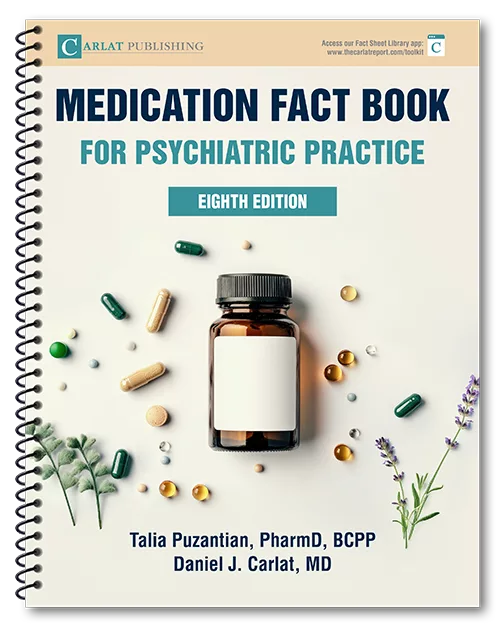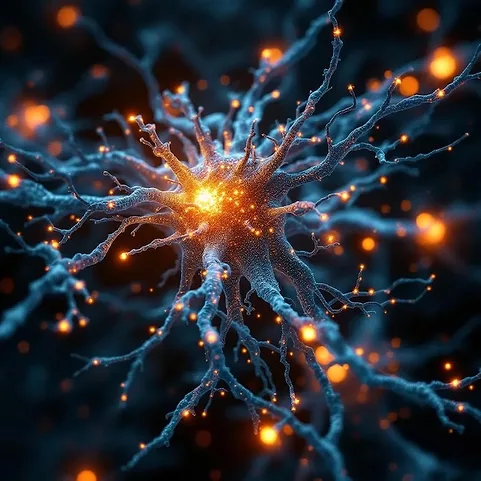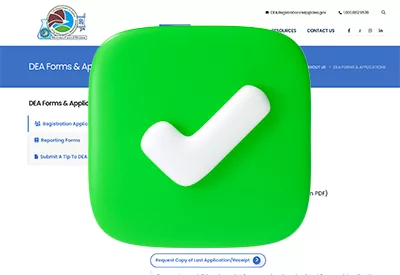An App for Tardive Dyskinesia

Second-generation antipsychotics have cut the risk of tardive dyskinesia (TD) in half—from 7% to 3% per year—but it is still a problem. After a decade on an antipsychotic, 20%–30% will develop TD, and the rates are even higher after age 50 (Correll CU and Schenk EM, Curr Opin Psychiatr 2008;21(2):151–156). The early signs are mild and may be dismissed as nervous habits (indeed, anxiety does worsen tardive movements). Unfortunately, most cases are not detected until they cause problems, at which point they are harder to reverse.
A new app hopes to change that. Released this summer, TDScreen lets patients check for tardive movements. The screen takes five minutes and uses artificial intelligence (AI) to analyze videos taken above the waist. It may miss movements of the feet, legs, and trunk, but it otherwise performs very well. Compared to psychiatrists who were trained in the Abnormal Involuntary Movement Scale (AIMS), the app performed better. The overall accuracy improved as the AI model was trained, ranging from 85% to 98% (based on area under the curve) (Sterns AA et al, J Clin Psychiatry 2025;86(3):25m15792).
TDScreen is free at t. The developer, Videra Health, hopes the app will attract physicians to their platform, where they offer more premium AI healthcare tools at a cost.
—Chris Aiken, MD

Newsletters
Please see our Terms and Conditions, Privacy Policy, Subscription Agreement, Use of Cookies, and Hardware/Software Requirements to view our website.
© 2025 Carlat Publishing, LLC and Affiliates, All Rights Reserved.


_-The-Breakthrough-Antipsychotic-That-Could-Change-Everything.webp?t=1729528747)



